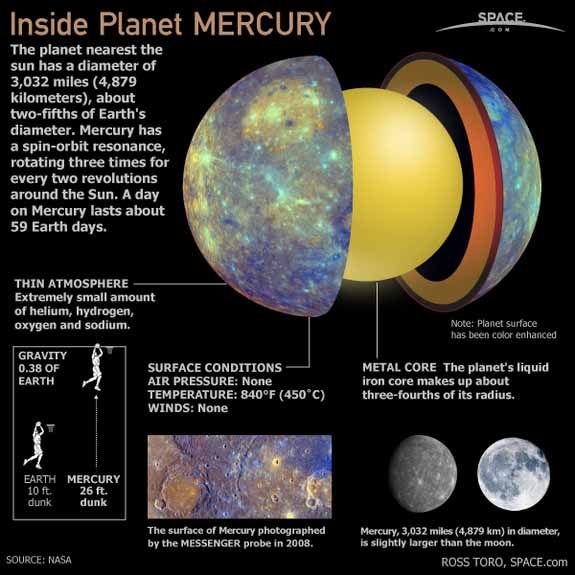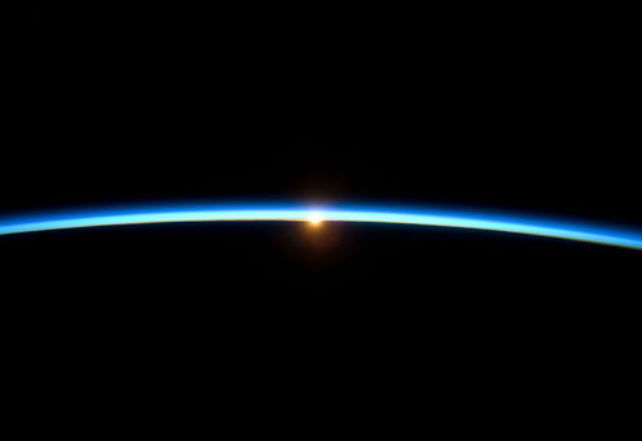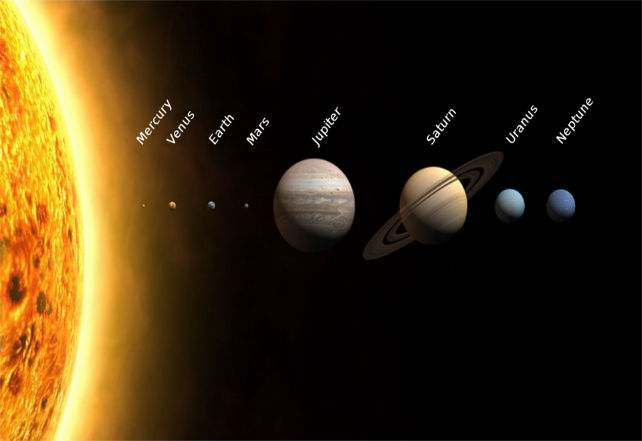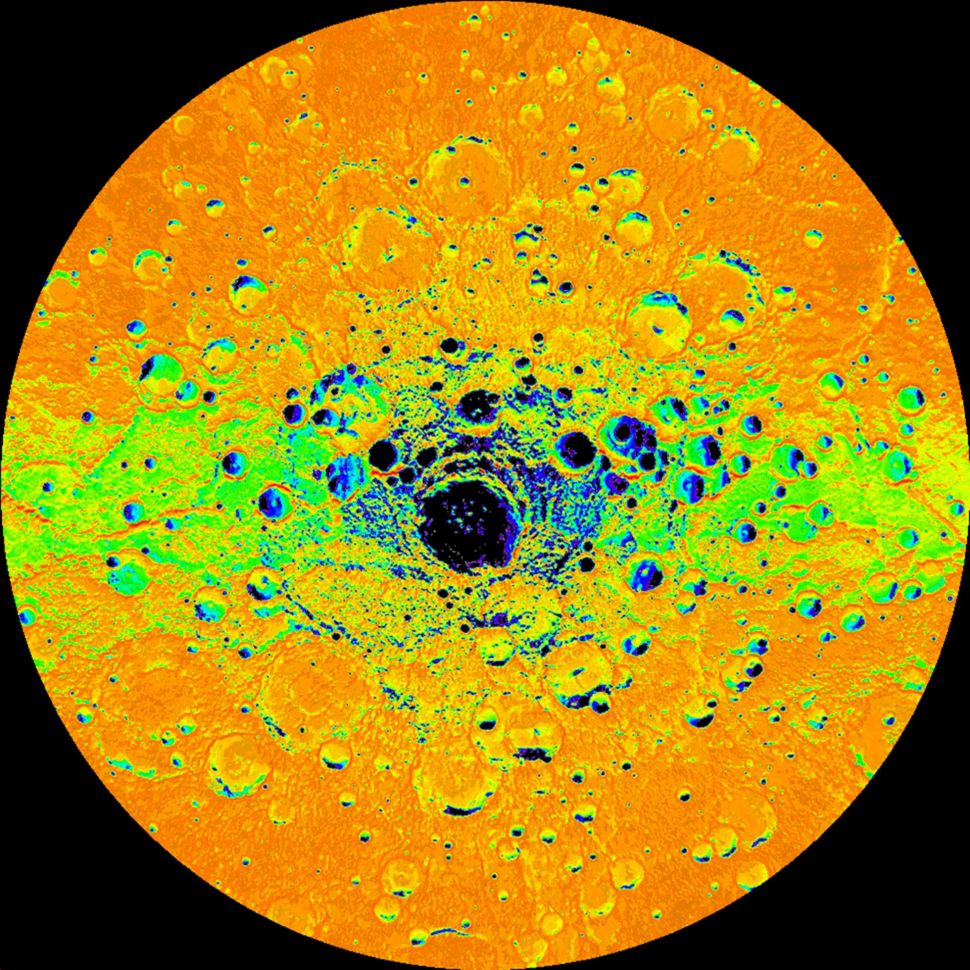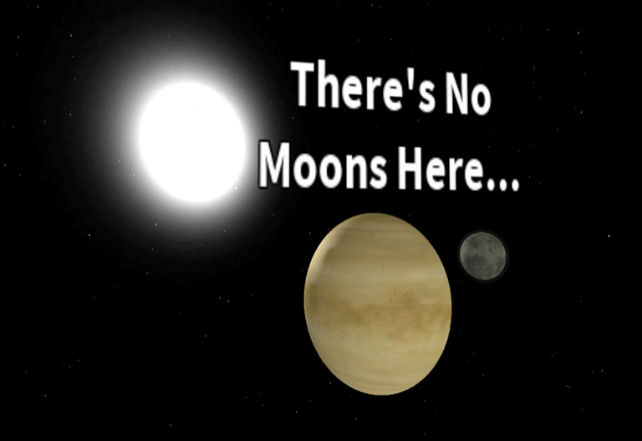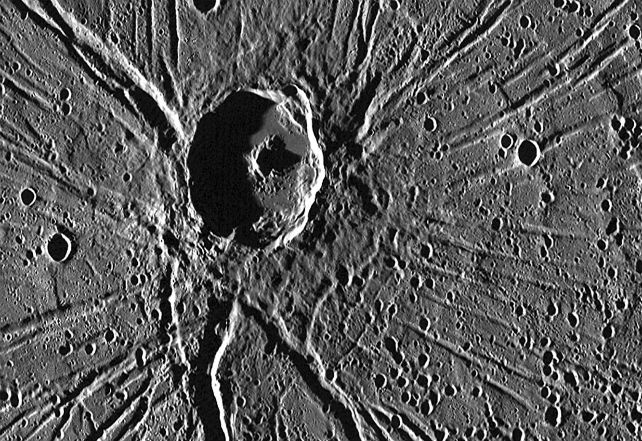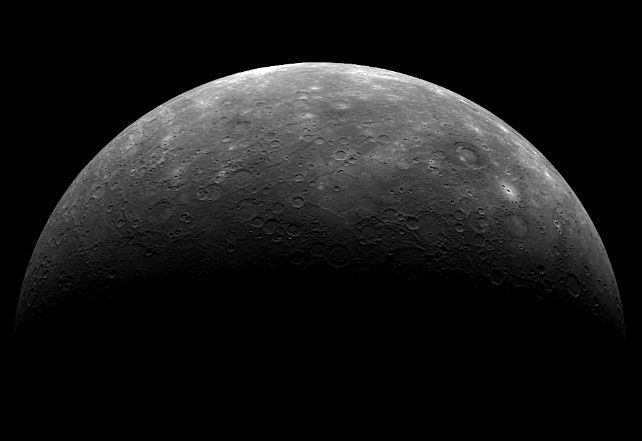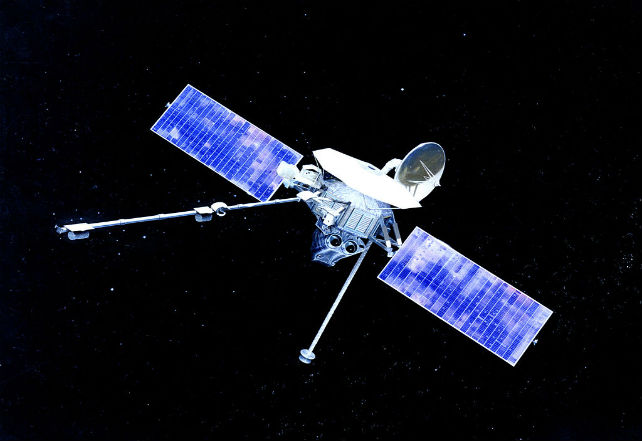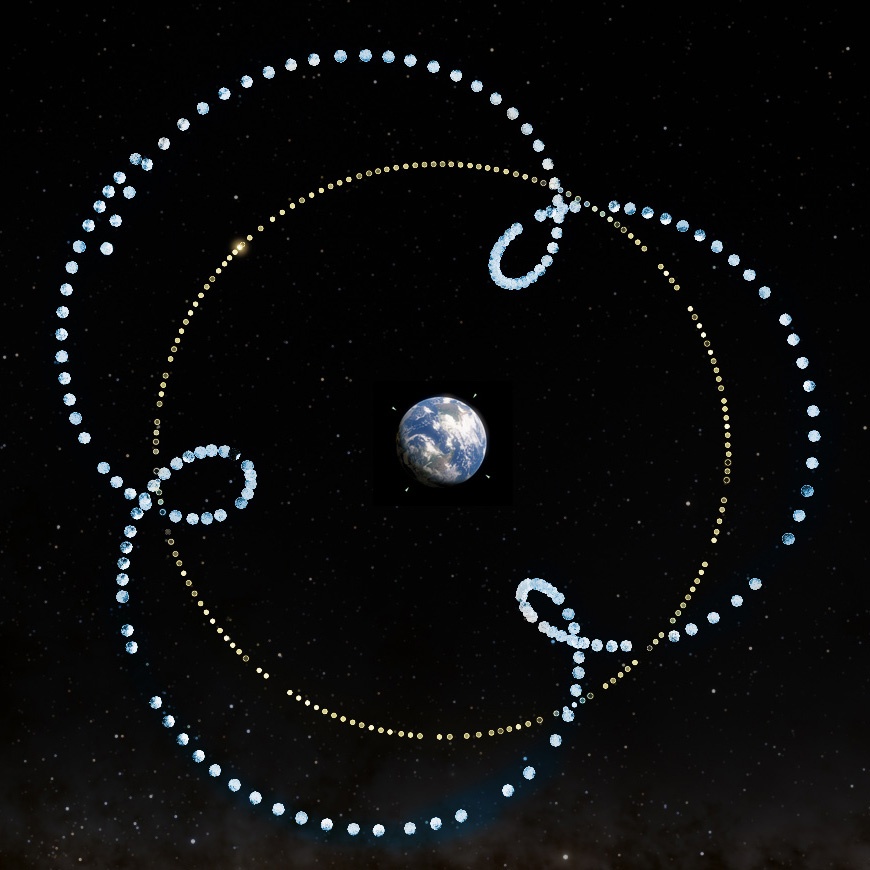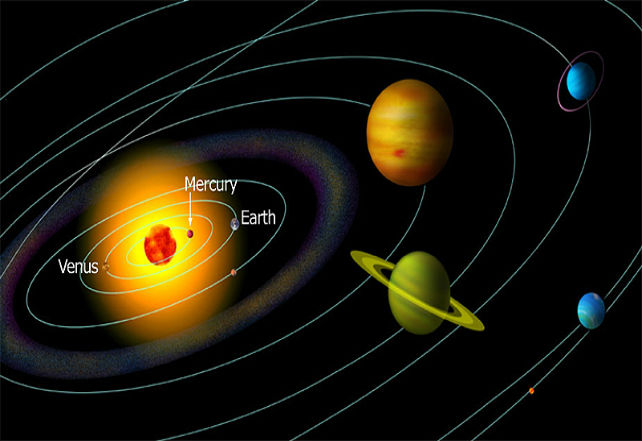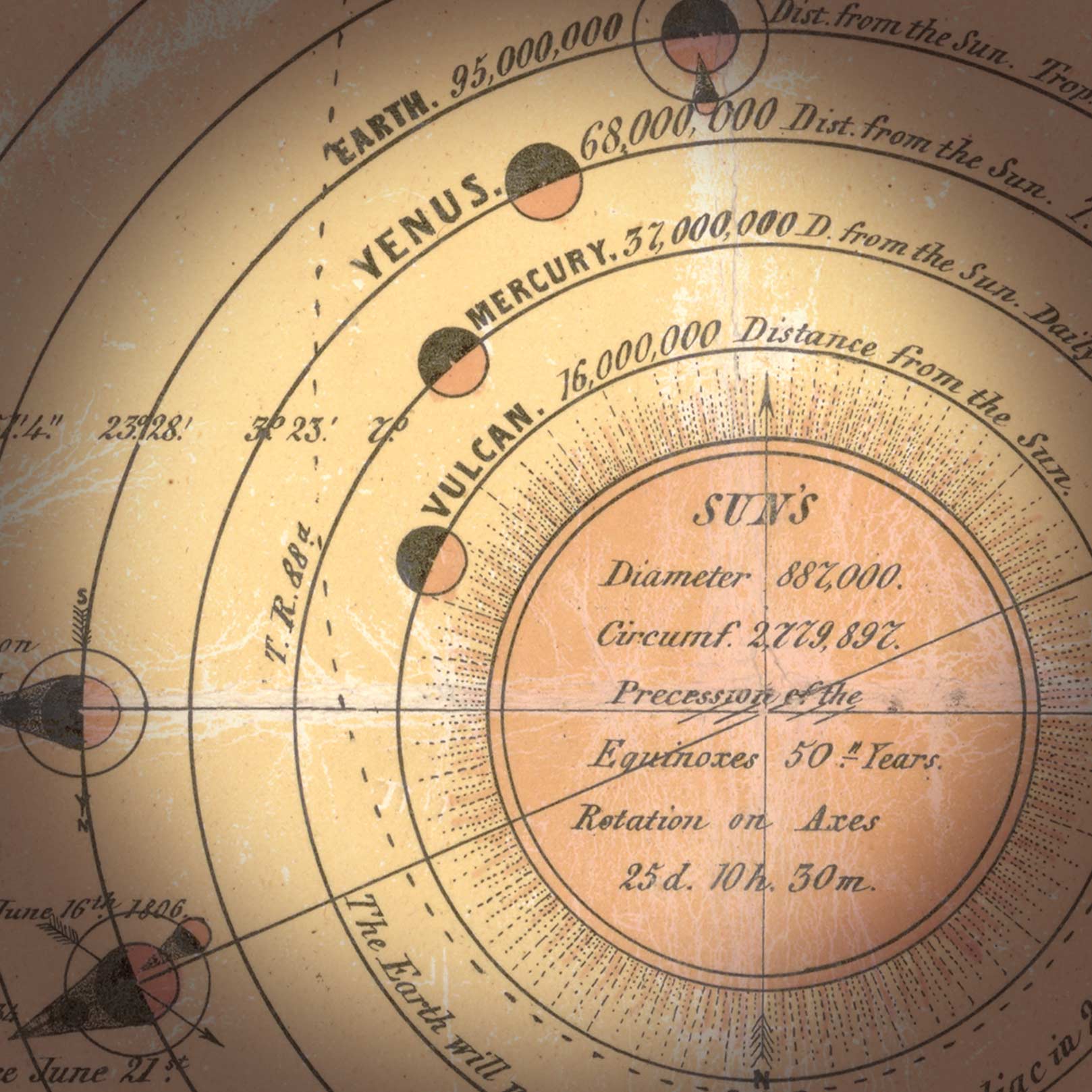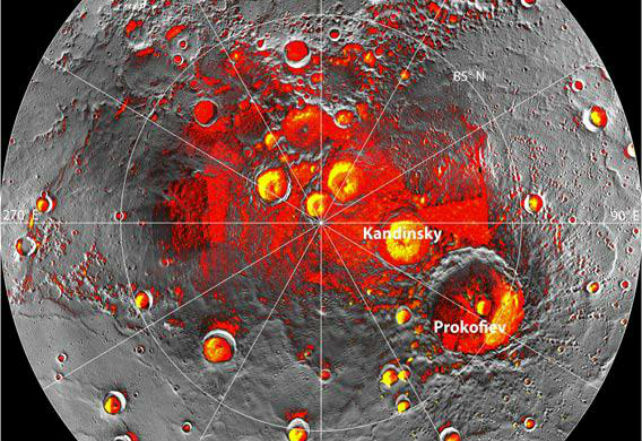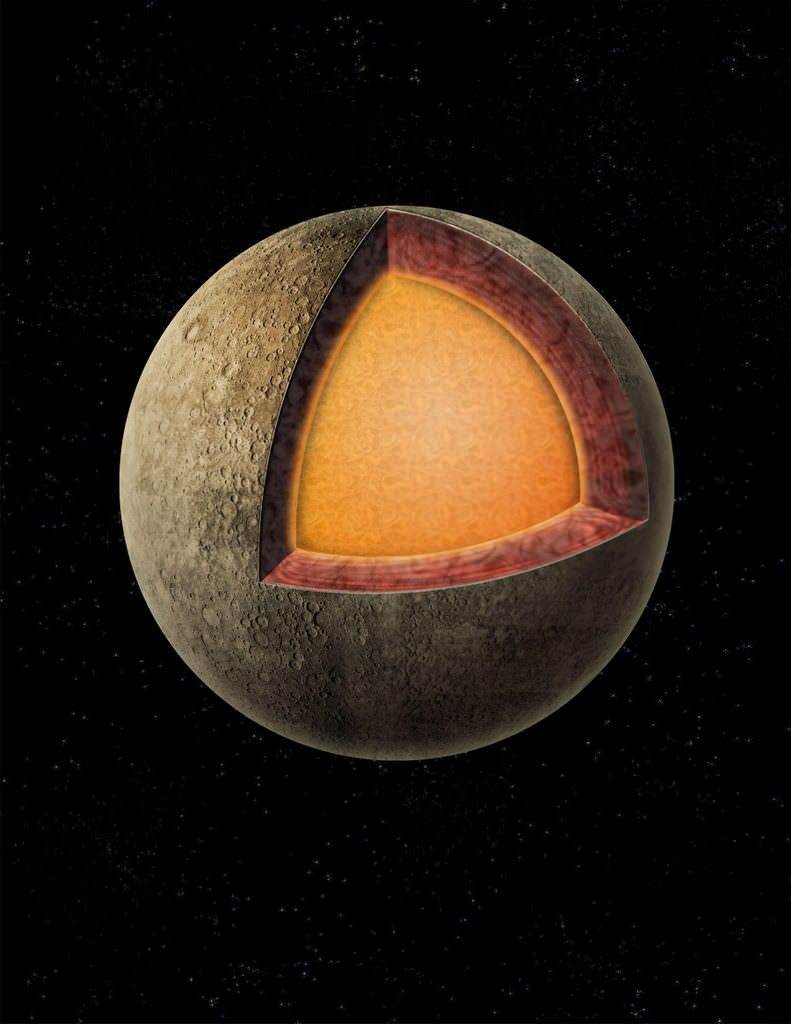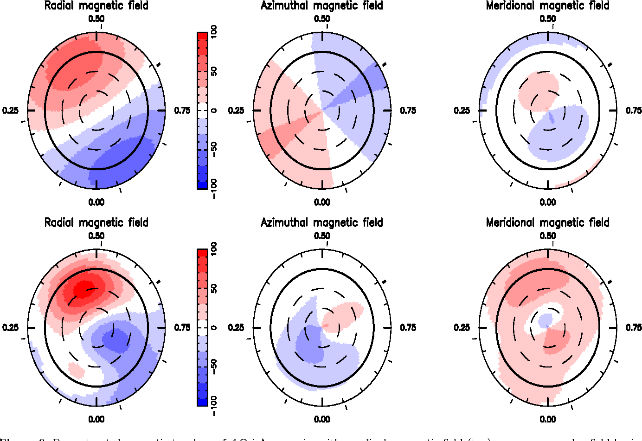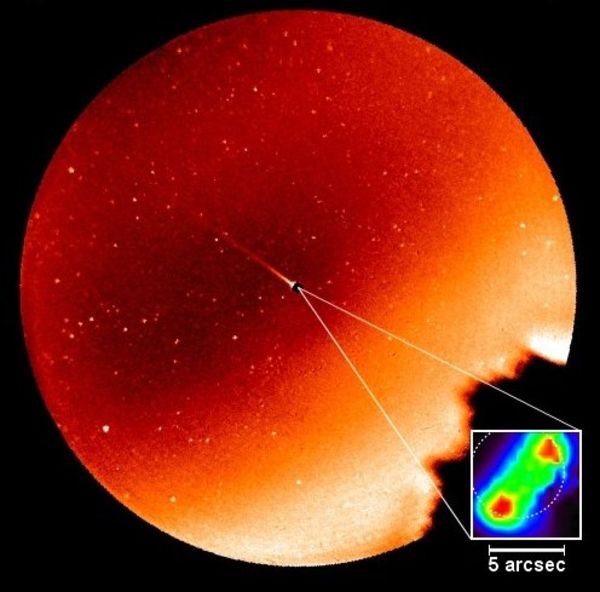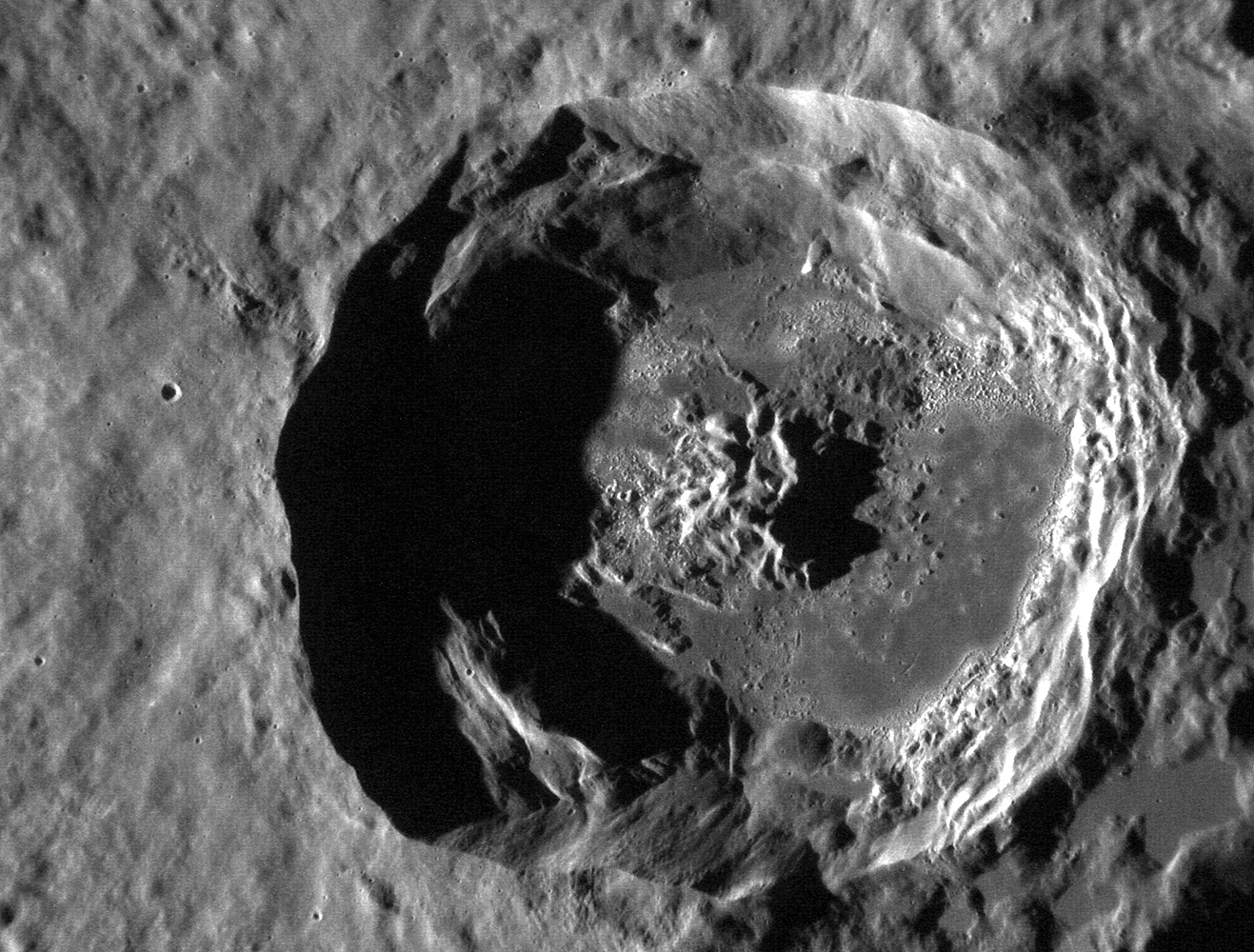Mercury is rarely visible. As such, it has always been difficult for astronomers to observe it through a telescope. Due to its proximity to the sun, viewing Mercury faces an additional challenge. Regardless of its position in the solar system, many consider Mercury one of the most attractive planets. Curious to know more? Read these 25 Amazing But True Facts About the Planet Mercury. Hermes was known for being the messenger of the gods. The first officially recorded observation of the planet was made by a Greek astronomer named Timocharis in 265 BC. The Greeks called the planet Apollo during the day and Hermes during the evening. As a result, the rays from the sun that hit Mercury are seven times more powerful than those that reach our planet. In other words, Mercury’s not the best place to get a safe tan. For the record, Pluto’s equatorial diameter is just 2,302 kilometers, about half Mercury’s width, but it’s not considered a major planet anymore. In fact, Mercury is the second most dense planet in our solar system. The densest planet happens to be Earth. The planet’s thin atmosphere is constantly being “blown away” into space by the pressure of sunlight and by the solar wind, so it feels like there’s no atmosphere at all. The temperature on Mercury during the day reaches 840 degrees Fahrenheit (450 degrees Celsius). The answer is that Mercury loses almost all its heat due to the fact there is almost no atmosphere to keep the warmth on the planet’s surface. The temperature can fall to almost -363 degrees Fahrenheit during the night (-184 degrees Celsius.) The temperature on Mercury’s surface fluctuates more widely than any other planet. It can vary by 1,168 degrees Fahrenheit (649 degrees Celsius) during the day. To get a better idea, the surface gravity on Mercury is only about 38% of the surface gravity on Earth. Anyone trying to diet or struggling with your weight, you know the right place to go now. Sorry folks, but Mercury’s not your ideal destination if you’re into romantic nights and kisses in the moonlight. As the core kept cooling and shrinking, the surface was forced to shrink as well, developing “wrinkles” scattered across the planet. The almost non-existent atmosphere on Mercury, though, means that there is also no weather to erode the craters. As a result, the planet is full of them. Messenger also made flybys before studying the planet from an orbit, between 2011 and 2015. Interestingly, its eccentricity is not all that impressive compared to those of dwarf planets and some known extra-solar planets. Pluto, for example, has a more eccentric orbit than Mercury, but it’s not considered a “real” planet anymore. It is the fastest planet in our solar system, with an average speed of about 105 miles (170 kilometers) per hour. Comparatively, our planet needs 365 days to do the same. (If you lived on Mercury, you would only have about three months to complete all your New Year’s resolutions!) However, the existence of such a planet was never confirmed. Some astronomers have suggested that comets and meteorites might have transported ice to those cold areas of the planet. Additionally, Mercury’s core has more iron than any other planet in the solar system. The spacecraft determined the field’s strength to be 1.1% that of Earth’s magnetic field. When Messenger was launched to Mercury back in 2004, we discovered that Mercury’s magnetic field might have once been much stronger than it is now. What happened to change this? No one knows. When atoms evaporate from the planet’s surface due to solar photons or other processes, some of these atoms form a tail that points away from the sun. Due to its fast orbital velocity and slow sidereal rotation, the time it takes for the sun to return to the same place in the sky is actually 176 Earth days. It was formed by a gigantic meteorite crashing into Mercury’s surface during the early formation of the solar system, almost four billion years ago. Astronomers have been able to observe only half of the crater; the other half was hiding in darkness when Mariner 10 flew by the planet. The Caloris Basin is about 960 miles (1,540 km) wide.



